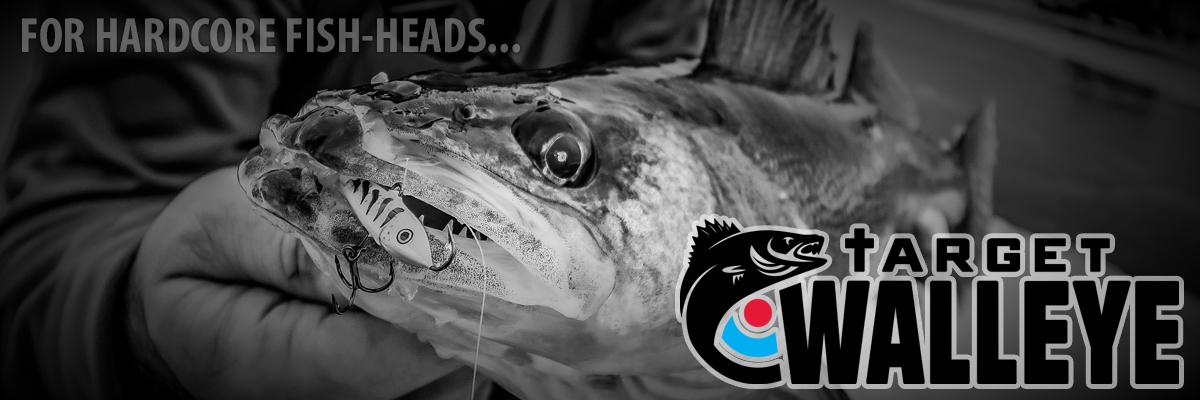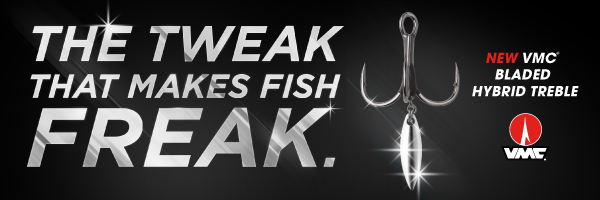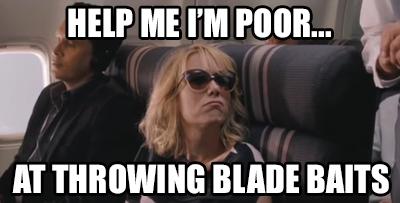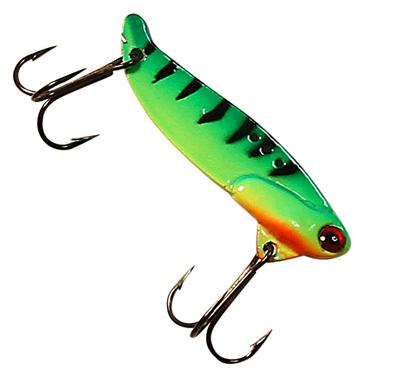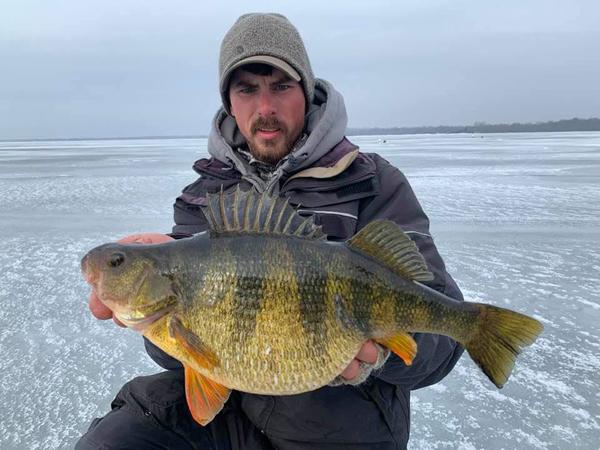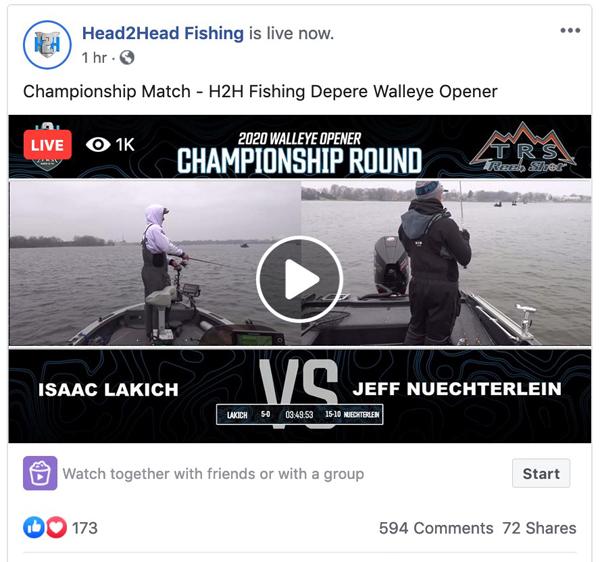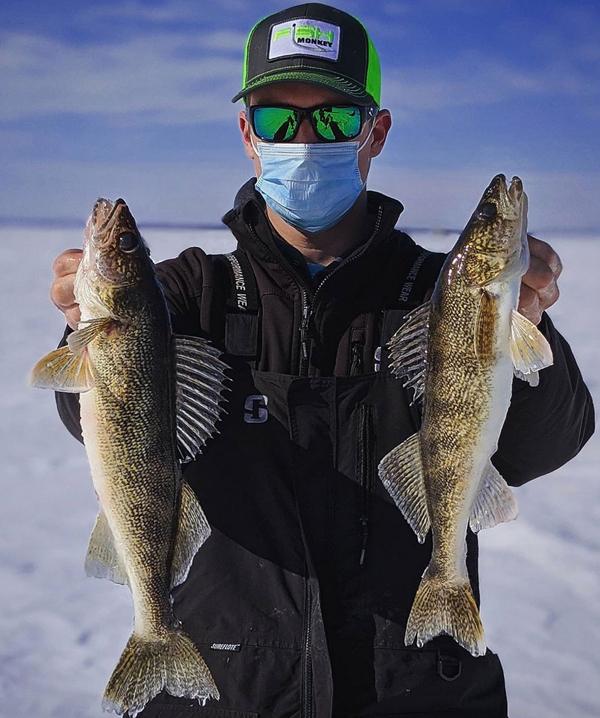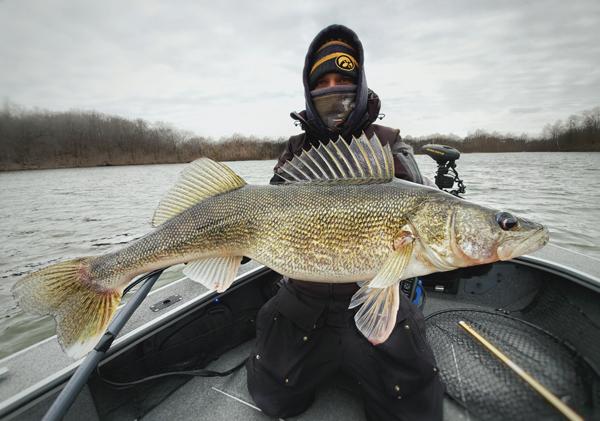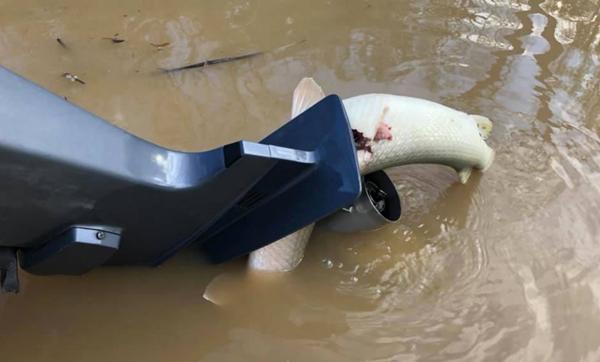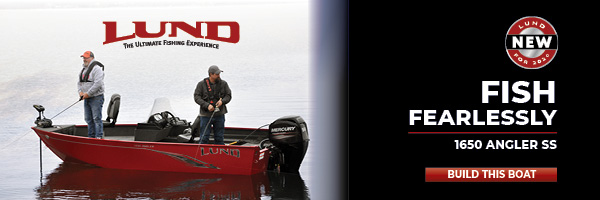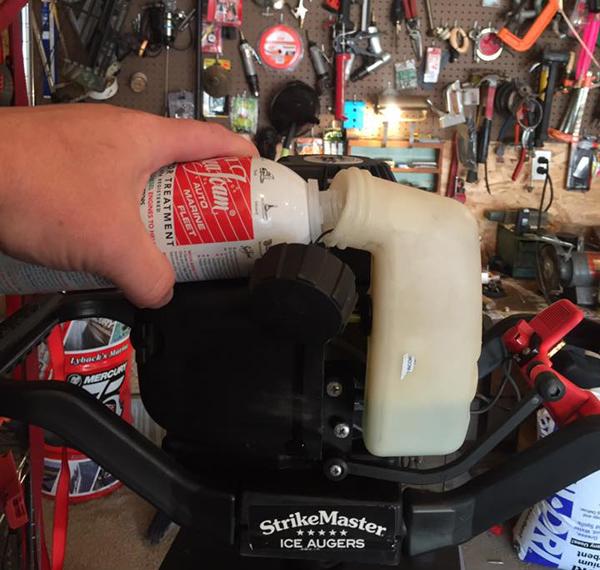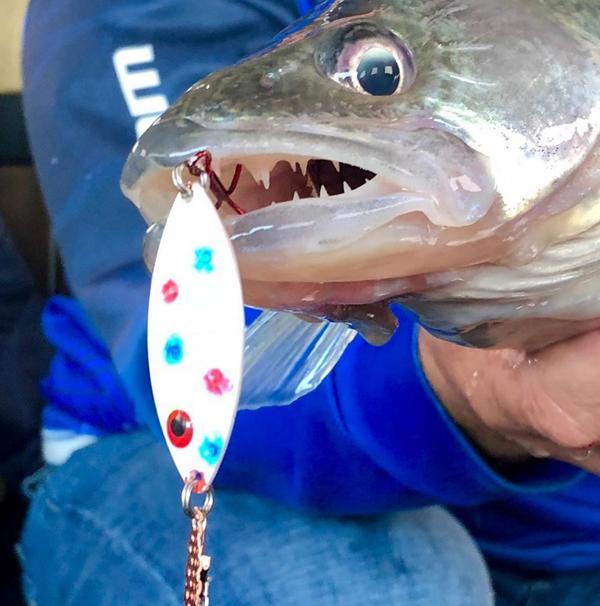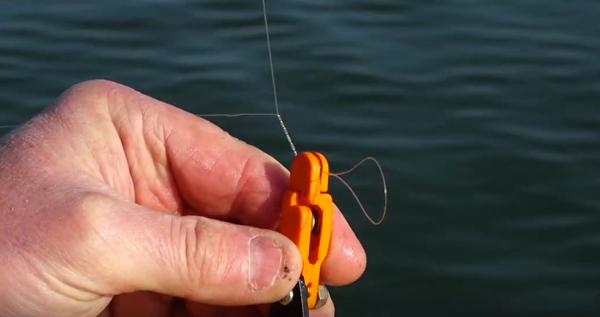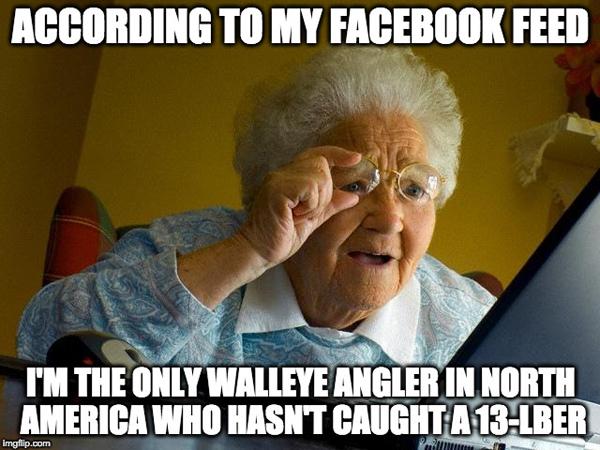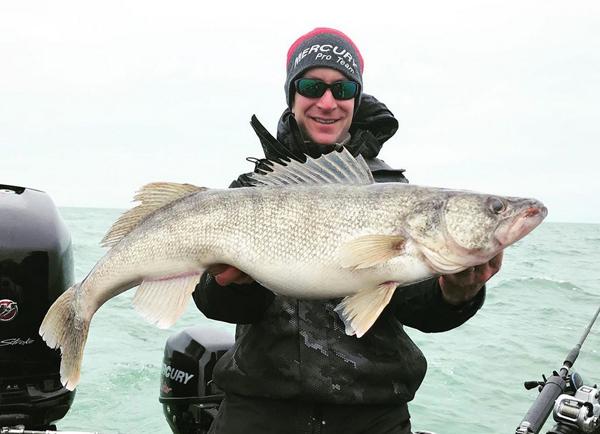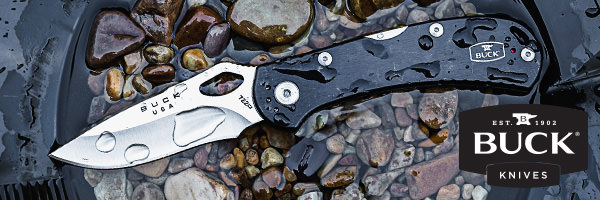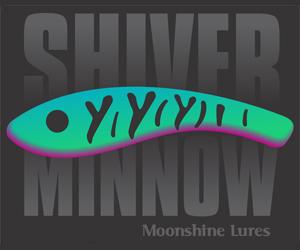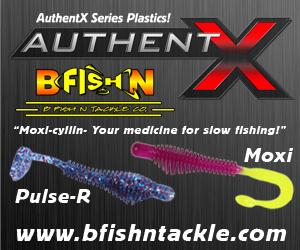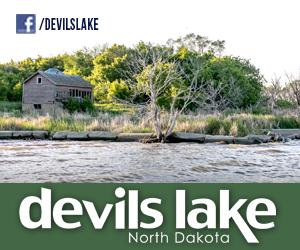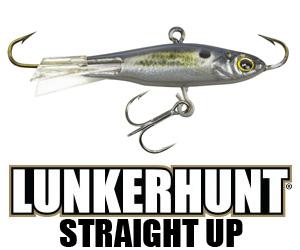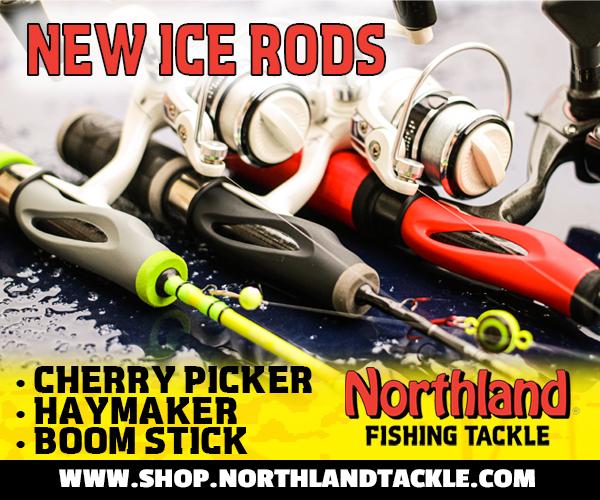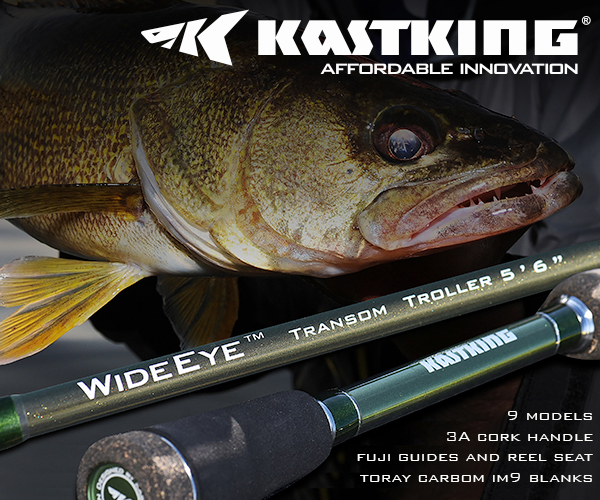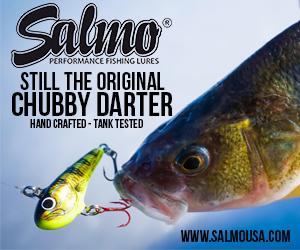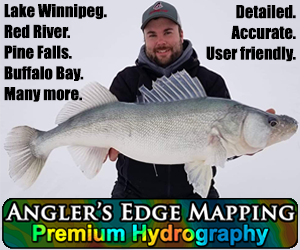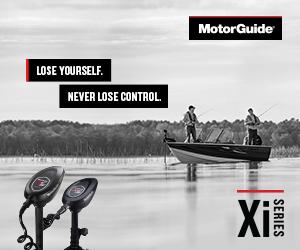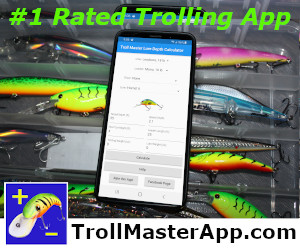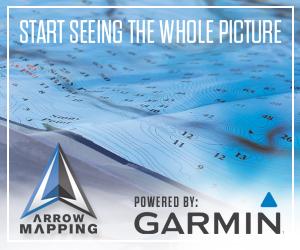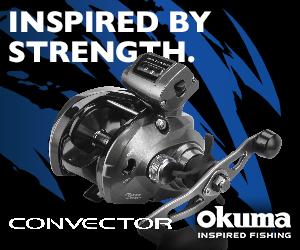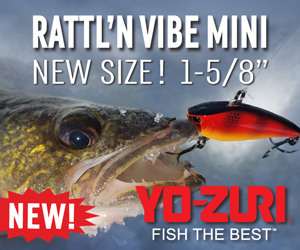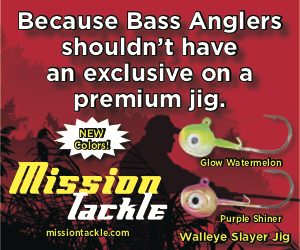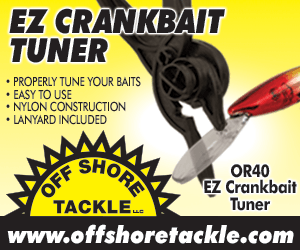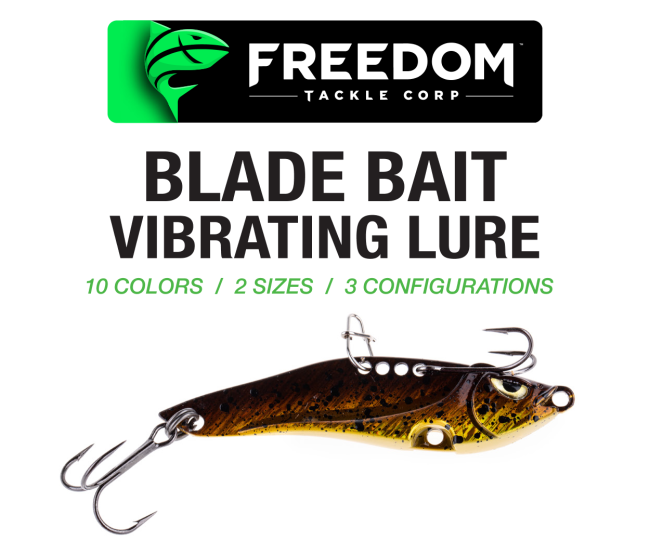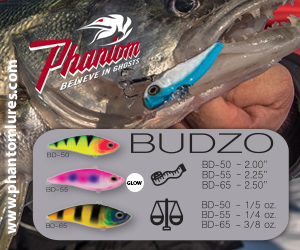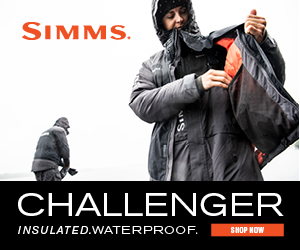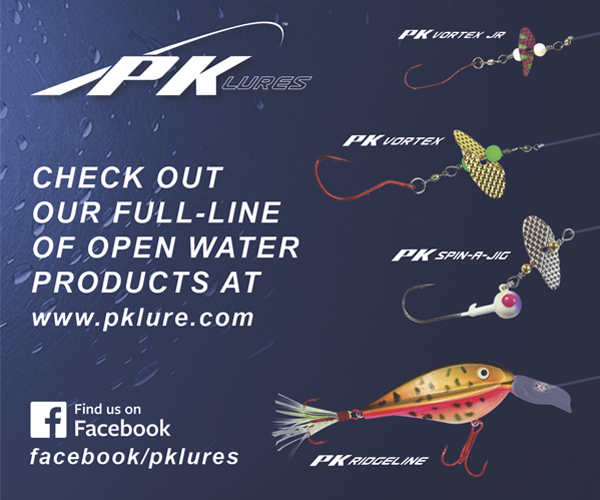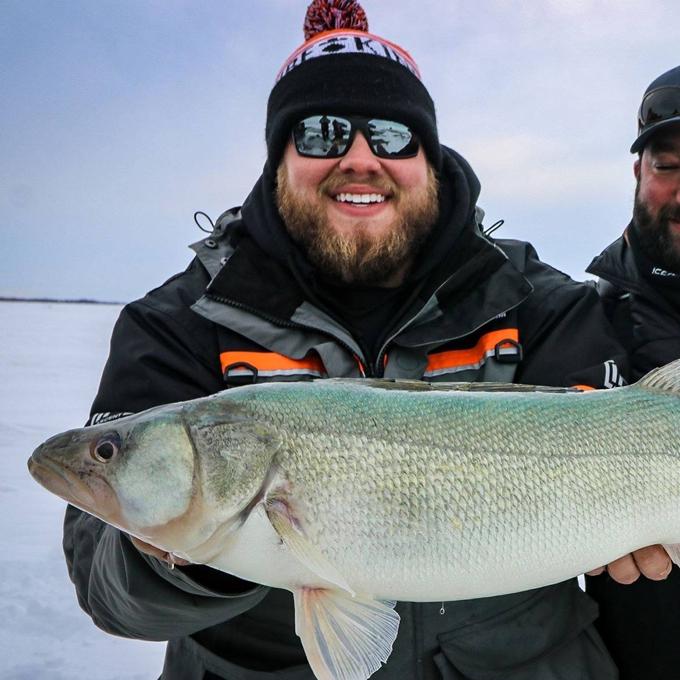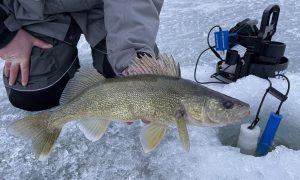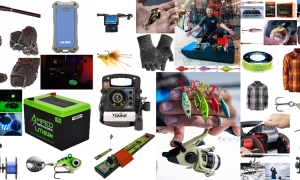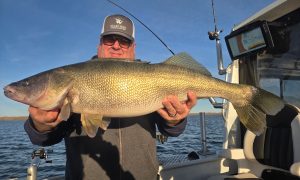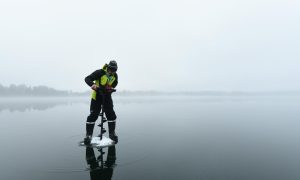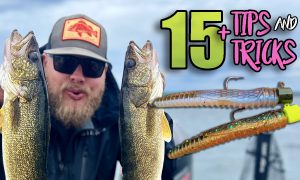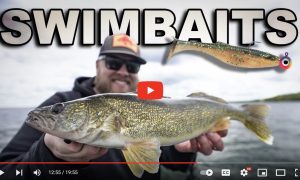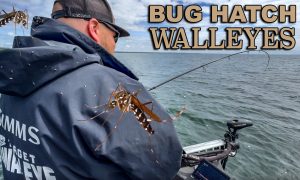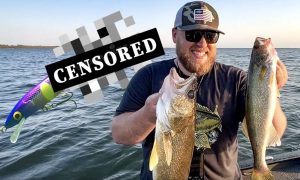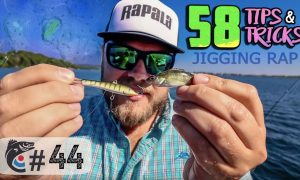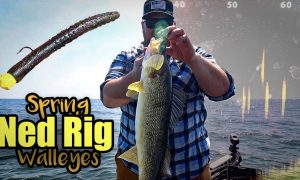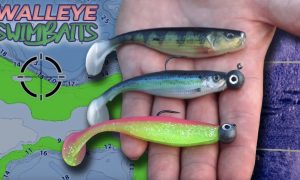Rippin’ blade baits is still one of the most overlooked and not-talked-about techniques for cold-water walleye. For sure something I need to get more better-er at:
Like anything, it just takes that one confidence-boosting day to get this technique added into your spring rotation. Lot more info in this full bait designer Walt Matan write-up, but a few excerpts below:
> Blades like the BFishN Tackle B3 Blade Baits cast like bullets and get down to the fish zone fast. You’d think this would spook a shallow walleye, but it attracts them.
> …relies on vibration and sound to get the fish to react…resembles a fleeing baitfish …consists of a flat metal spoon with a weighted nose. …will vibrate on the retrieve and on the lift.
> Never tie directly to a blade bait — some makes will have several attach points or holes at the top (which give wider or tighter wobbles). It’s best to use a snap or split-ring on top to prevent line cutting.
> [Help] prevent snags in stumps, fallen timber or rock bottoms by cutting off the front barb of the front hook.
> A slow, steady retrieve of a blade is popular, but you should try it with a stop-and-go and high-speed retrieve. I also like to rip-jig the blade up with a fast rip of the rod followed by a slow reel to pull up the slack.
> I prefer a 7′ M rod with 10- to 14-lb mono since it has more stretch. Most hits are fast and furious…often times when you rear back to set the hook with a superline, the blade rips free….
Where to throw ’em
> Dams: Walleye, sauger and white bass will all make a migration to the dam during cold-water periods…cast up to the dam. Most fish will hit on the first few cranks of your reel…. A slow retrieve, just fast enough to keep the blade vibration is key. Mix the retrieve up with a slow pumping motion for violent strikes.
> Creek mouths: Cast blade baits to the mouth of the creek and to the shorelines upriver and downriver of the creek. Depending on the size and scope of the river you’re fishing, you might need to be out in the middle of the river channel and cast towards shore.
> Deep holes: Usually found in the bend in the river channel or around bridges. You’ll want to fish the holes vertically by dropping the blade to bottom and jigging up. Many anglers will rip the blade up too hard…this is not as effective as a quick 12″ lift.
> Bridges: Prime areas because they have deep holes, current and eddies. You can rip vertically or cast towards shore. Try both sides of the river…. …blades are heavy, so they cast far and fall quickly — when casting towards shore, you’ll want to get the blade moving as soon as it hits the water so you don’t snag up.
|
![]()

